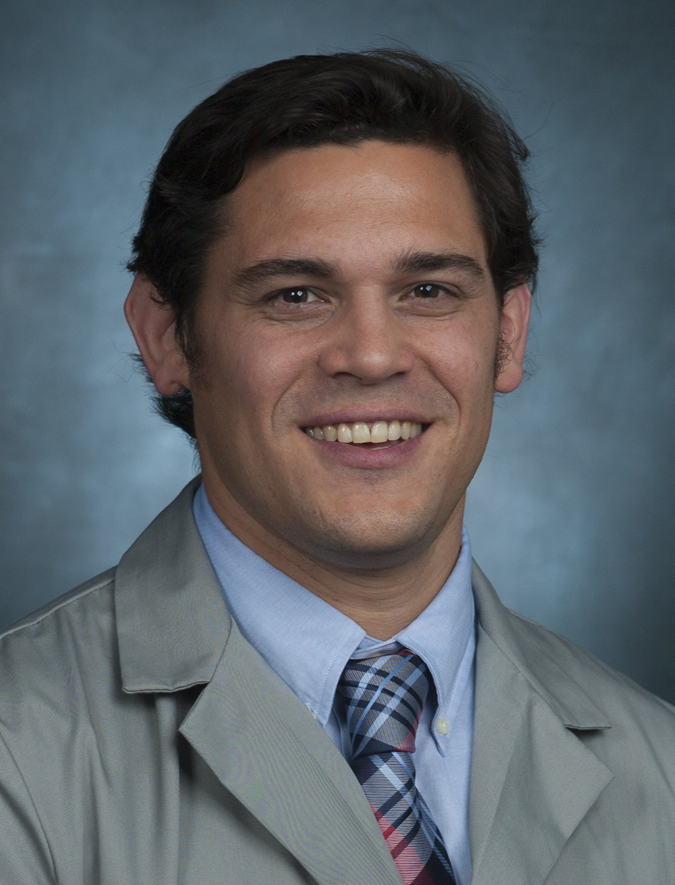Case Series of 10 Patients with Cirrhosis Undergoing Emergent Repair of Ruptured Umbilical Hernias: Natural History and Predictors of Outcomes. Journal Article
Local Library Link: Find It @ Loyola
| Authors: | Malespin, M; Moore, CM; Fialho, A; de Melo, SW; Benyashvili, T; Kothari, AN; di Sabato, D; Kallwitz, ER; Cotler, SJ; Lu, AD |
| Article Title: | Case Series of 10 Patients with Cirrhosis Undergoing Emergent Repair of Ruptured Umbilical Hernias: Natural History and Predictors of Outcomes. |
| Abstract: | OBJECTIVES: Ascites represents an important event in the natural history of cirrhosis, portending increased 1-year mortality. Umbilical herniation with rupture is an uncommon complication of large-volume ascites that is associated with significant morbidity and mortality. The aim of this study was to describe predictors of outcomes in patients undergoing emergent repair for spontaneous umbilical hernia rupture. MATERIALS AND METHODS: We report a case series of 10 patients with decompensated cirrhosis (mean age 66 ± 9 years, mean Model for End-Stage Liver Disease score of 21 ± 7) who presented with a ruptured umbilical hernia and had emergent repair. RESULTS: Thirty percent (3/10) of patients died or required liver transplant. Factors associated with death or transplant included the development of bacterial peritonitis (P = .03) and the presurgical 30-day Mayo Clinic Postoperative Mortality Risk in Patient with Cirrhosis Score (P = .03). CONCLUSIONS: Emergent repair after umbilical hernia rupture in patients with decompensated cirrhosis carries a poor prognosis with 30% of patients developing poor postsurgical outcomes. |
| Journal Title: | Experimental and clinical transplantation : official journal of the Middle East Society for Organ Transplantation |
| ISSN: | 2146-8427; 1304-0855 |
| Publisher: | Unknown |
| Date Published: | 2017 |




